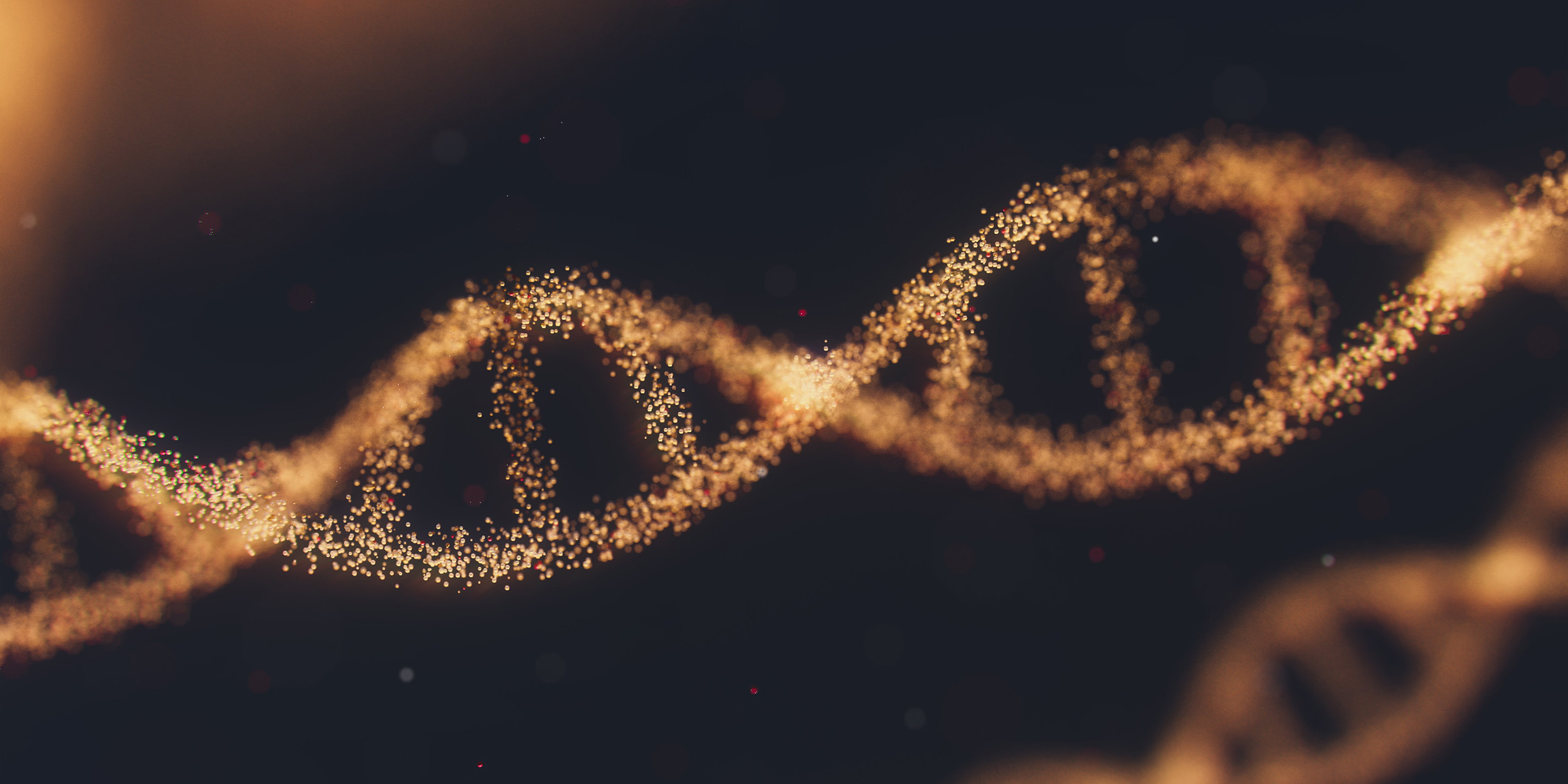Originally published 5 April 1999
People believe the darnedest things.
Horoscopes. ESP. Alien abductions. Loch Ness monsters. Body auras. UFOs. Reincarnation. Levitation. Ghosts. Fairies. Angels. Out-of-body experiences. Miraculous cures. Homeopathy. Pyramid power. Psychokinesis. Etc, etc.
For none of which is there a shred of non-anecdotal, consistently reproducible evidence that is available to believers and skeptics alike.
(Please, no letters. I have read the pros and cons for all of these topics.)
We have, it seems, a fierce inclination to believe in every sort of superstition, and can find, if we turn off our critical faculty, any number of apparent reasons to believe. Mostly, I think, we tend to believe those things that give us a sense of empowerment over our bodies or immediate environment, or a sense of being somehow the focus of cosmic attentions.
Meanwhile, so much of the real mystery and wonder and beauty of the world goes by the board.
If you want something really far out to believe, try this:
First, consider the human DNA.
DNA is the strand-like molecule that carries the genetic code. It has the form of a very, very long spiral staircase. The side rails of the staircase are made of linked sugars and phosphates. The treads are paired molecules called nucleotides.
There are four kinds of nucleotides: adenine, guanine, cytosine, and thymine, designated A, G, C and T. Adenine always pairs with thymine, and guanine always pairs with cytosine, so that there are four kinds of treads along the DNA staircase: A‑T, T‑A, G‑C and C‑G. It is the sequence of these threads that is the genetic code.
The instructions for making a human being is written in a chemical code of just four letters.
Now, imagine the human DNA as a strand of sewing thread.
On this scale, the DNA in the 23 pairs of chromosomes in a typical human cell would be about 150 miles long, with about 600 nucleotide pairs per inch. That is, the DNA in a single cell is equivalent to 1000 spools of sewing thread. This represents two copies of the genetic code.
Take all that thread — the 1000 spools worth — and crumple it into 46 wads (the chromosomes). Stuff the wads into a shoe box (the cell nucleus) along with — oh, say enough chicken-noodle soup to fill the box. Toss the shoe box into a steamer trunk (the cell), and fill the rest of the trunk with more soup.
Take the steamer trunk with its contents and shrink it down to an invisibly small object, smaller than the point of a pin. Multiply that tiny object by a trillion and you have the trillion cells of the human body, each with its full complement of DNA.
OK, now here comes the really astonishing part.
All that DNA — those tens of trillions of wads of thread — is not just sitting there, static. As you read this article, a flurry of activity is going on in every cell of your body.
Tiny protein-based “motors” crawl along the strands of DNA, transcribing the code into single-strand RNA molecules, which in turn provide the templates for building the proteins that build and maintain our bodies. Other proteins help pack DNA neatly into the nuclei of cells and maintain the tidy chromosome structures. Still other protein-based “motors” are busily at work untying knots that form in DNA as it is unpacked in the nucleus and copied during cell division. Others are in charge of quality control, checking for accuracy and repairing errors.
Working, spinning, ceaselessly weaving, winding, unwinding, patching, repairing — each cell like a bustling factory of a thousand workers. A trillion cells humming with the business of life.
The more one thinks upon it the more unbelievable it sounds.
Can we believe it? You bet.
Sometime within the next year or so researchers will have provided a complete transcription of the human genome—a listing of the 3 billion nucleotide pairs that are the plan of a human life — one of the great milestones in the history of science.
Other researchers have developed ingenious ways using microscopic plastic spheres and laser “tweezers” to manipulate single DNA molecules — stretch them, snip them, measure forces, watch the protein motors at work, clock their speed.
Others researchers cut and splice, changing the code to almost anything one wants.
These experiments are precise, repeatable — confirmed and reproduced in labs around the world. As unbelievable as all that subcellular activity sounds, you can bank on it.
And what a thing it is, to think of ourselves as chemical flames, burning ceaselessly, animating the universe with sensation, emotion, intelligence.
To say that it is all chemistry doesn’t demean our dignity; rather, it suggests that the most elemental fabric of the world is charged with potentialities of the most spectacular sort. We have perhaps an infinite amount yet to learn about the mysteries of life, but what we have already learned stands as one of the grandest and most dignified achievements of the human spirit.
Forget all that other stuff, the superstition and the nonsense, the so-called miracles. As the British cartographer and writer Tim Robinson has observed, “miracles” are explainable, it’s the explanations that are miraculous.



